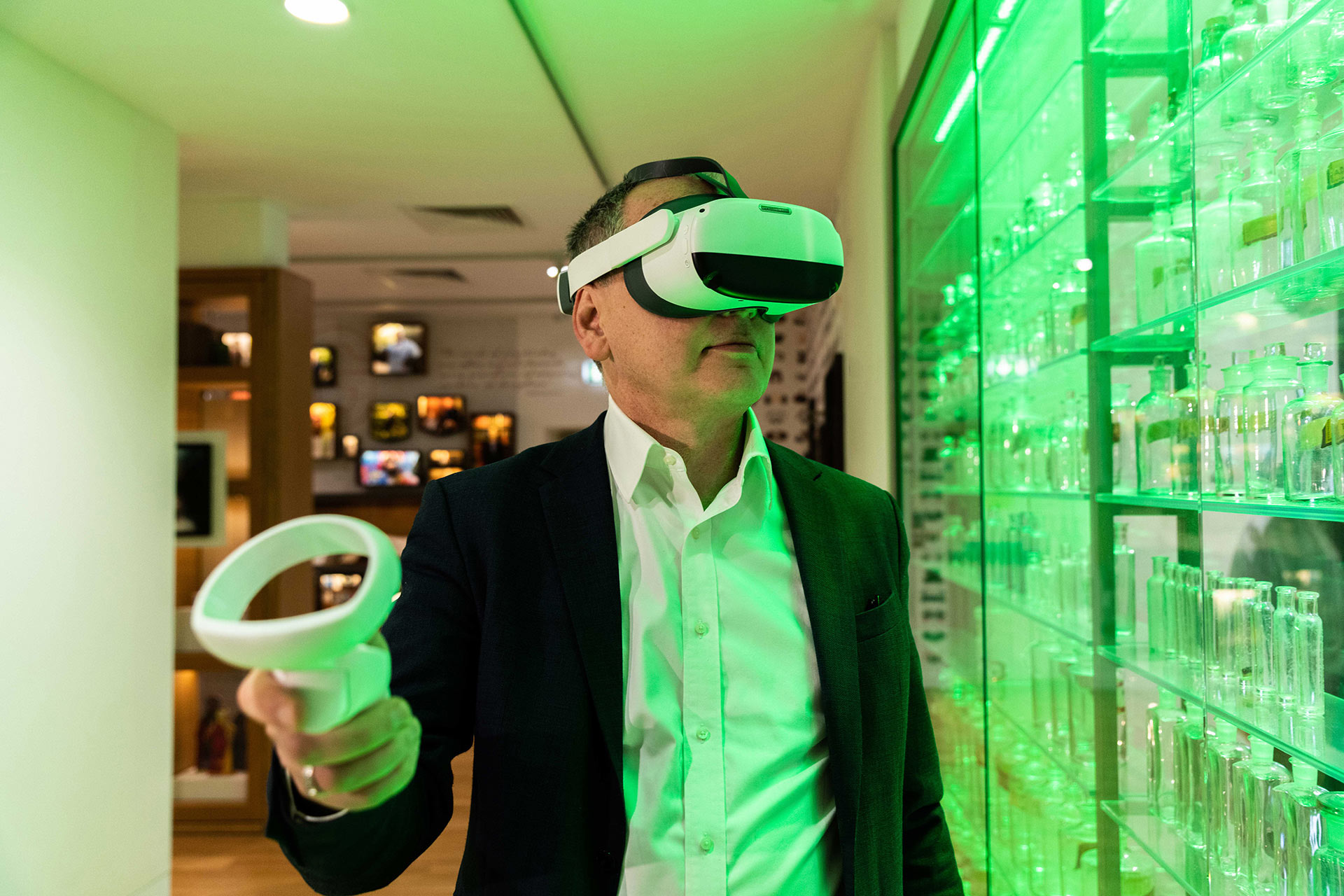Industry urgently needs to slash its carbon emissions and energy consumption. But how? The ETA Factory at the Technical University of Darmstadt and Software AG are seeking answers.
Companies are feeling the crunch of global warming, rising energy prices and strict legal regulations. That is why many are prioritizing more focused, flexible and cost-efficient usage of production resources—for the long haul. So the ultimate question is how to turn these demands into reality on the shop floor.
Matthias Weigold and his team of 20 scientists at the Technical University of Darmstadt’s Institute for Production Management, Technology and Machine Tools are investigating exactly this. For the past three years, the ETA Factory (ETA: Energy Technologies and Applications in Production), a dedicated facility at the Darmstadt campus, has been working under real-world conditions to determine how to neutralize industrial production’s carbon footprint. Software AG is a participating research partner.
Weigold, Director of the institute, elaborates, “We have a process chain with various machines.” It produces control plates, like the ones used in machinery and car manufacturing. After having been turned, drilled, cleaned, tempered, sanded, and cleaned once again, small silver steel plates the size of saucers roll off the production line.
Data Is Key
Every step is meticulously monitored and optimized digitally, in real time and with energy and resource efficiency in mind. Data from approximately 3,000 points is collected, stored and analyzed on a continual basis. According to Stefan Sigg, Software AG’s Chief Product Officer, “You can only improve something that is measured continually. In this context, measuring means collecting data.” He continues, “Our products are installed in the ETA Factory and are connected with machines and components via IoT. They form the digital backbone that enables seamless monitoring and in turn optimization of control plate production.”
The range of data collected is broad: energy consumption, machine performance and speed, water use, sanding pressure, and cooling and hydraulic system metrics. “The exciting part begins as soon as we have data,” says Sigg. “We apply process mining to real-life production in the factory and could extend it to an industrial company’s value chain and therefore highly strategic areas.”
Process Mining shows the optimization potential
What are they learning from the project? Process analytics are answering the question of whether the timing of sanding matters—before or after tempering. In the original process, sanding took place after tempering. But process mining has proven that the other way around is actually more efficient. Process mining enables modeling of an alternative better process. Transferring this digital model to practice would pave the way to a reduction in electricity consumption and optimized utilization of waste heat.
“For users, I see a key benefit in that this type of system doesn’t require a choice between building or buying,” adds Stefan Sigg. There are different applications at each architectural layer that an enterprise can deploy on an individual basis, according to specific needs and objectives. “My advice is: build AND buy! Buy the framework—the digital backbone—and build whatever will lead your organization to its goals on top.


